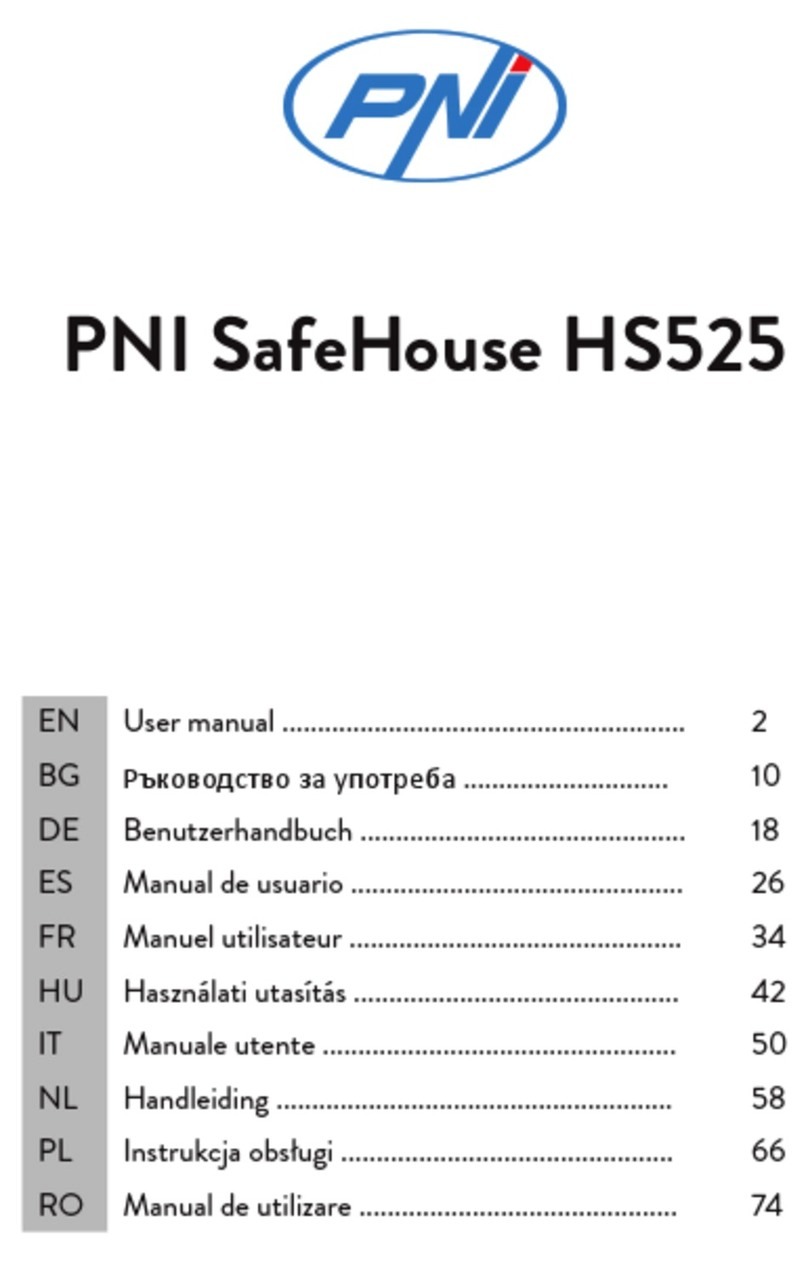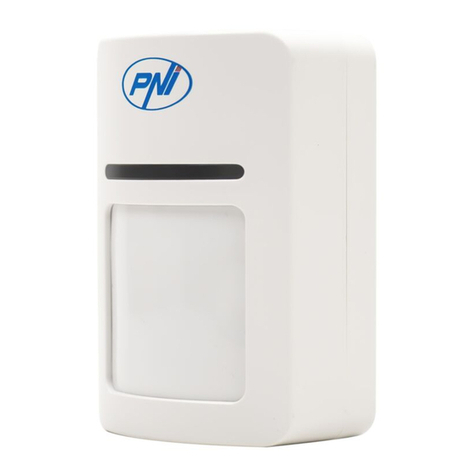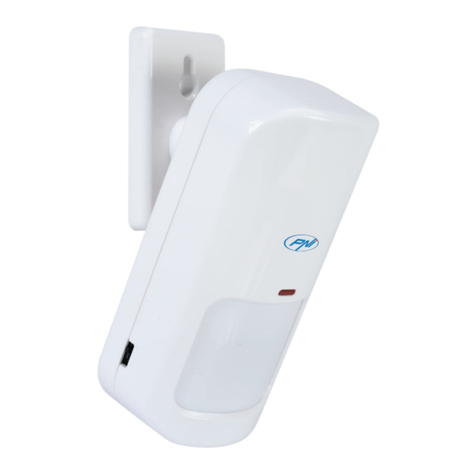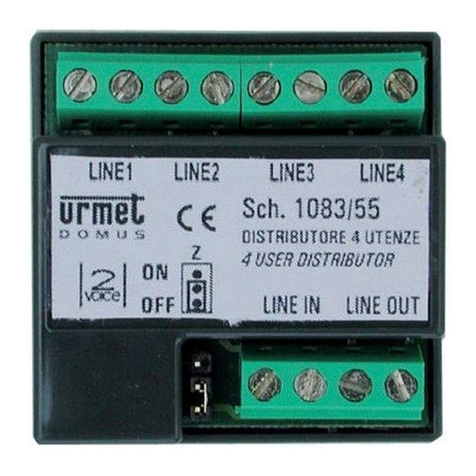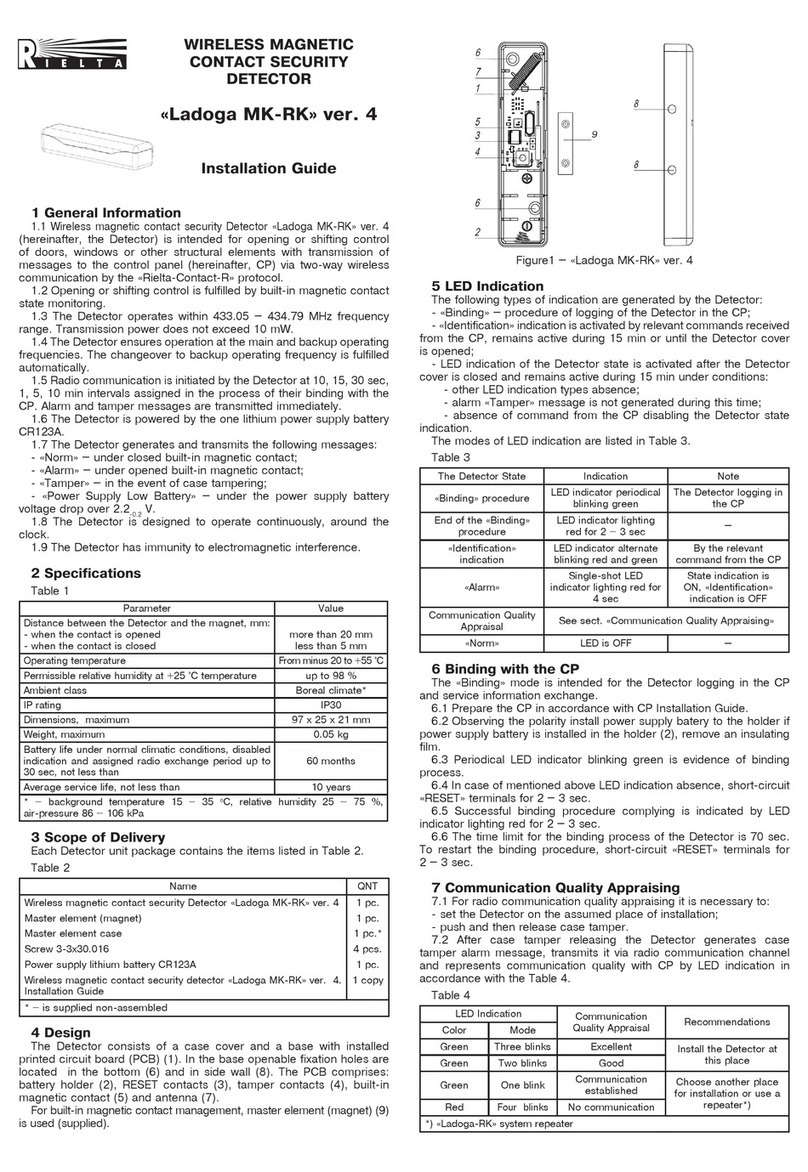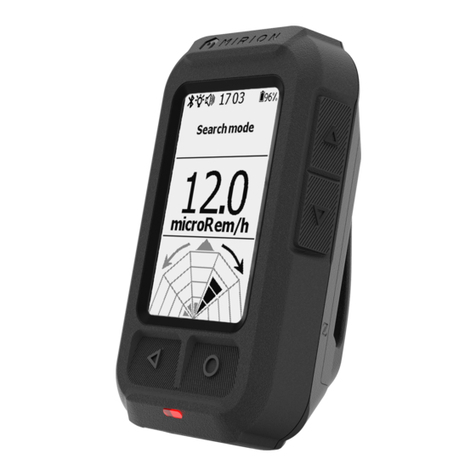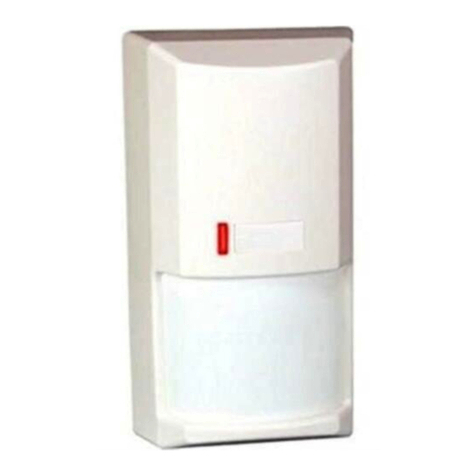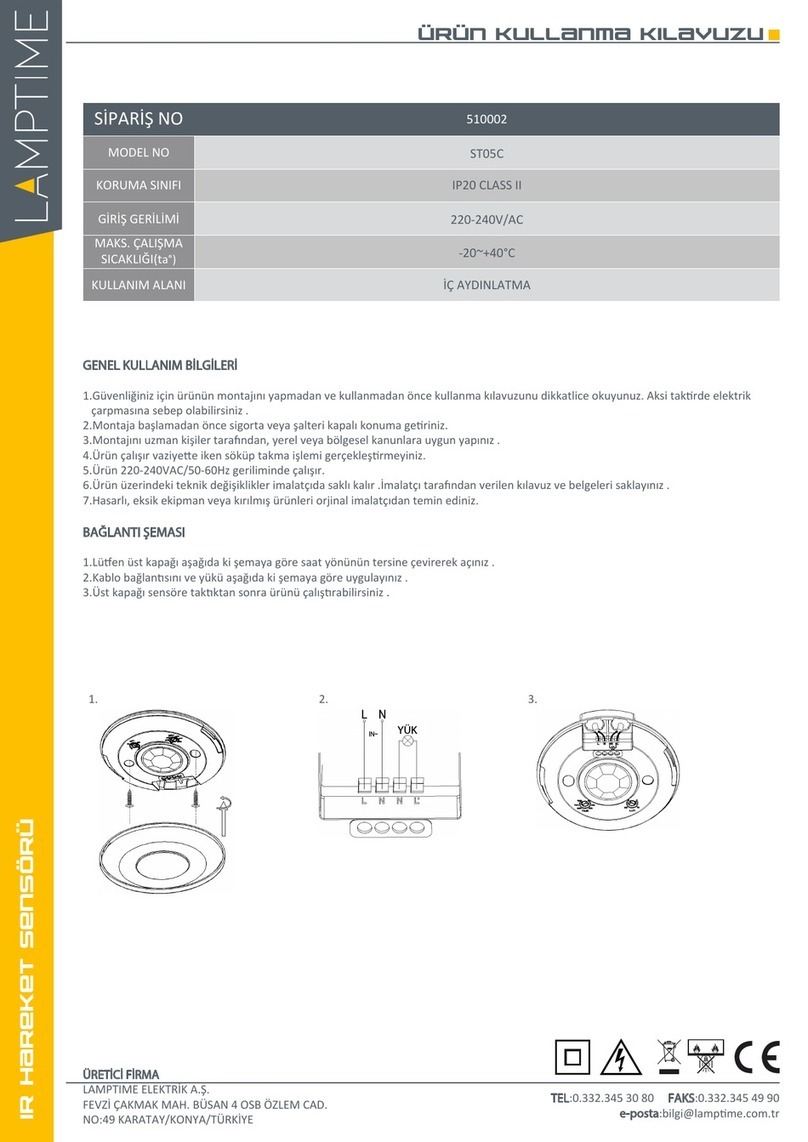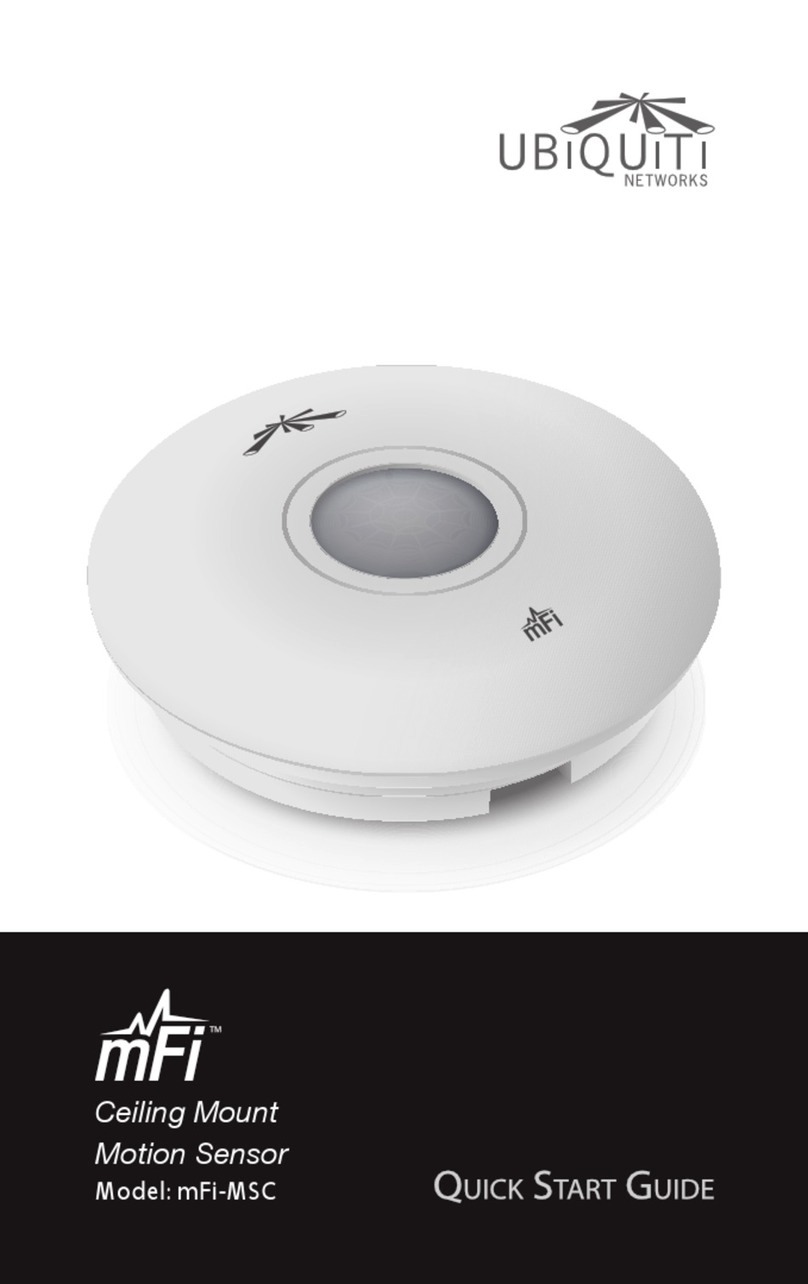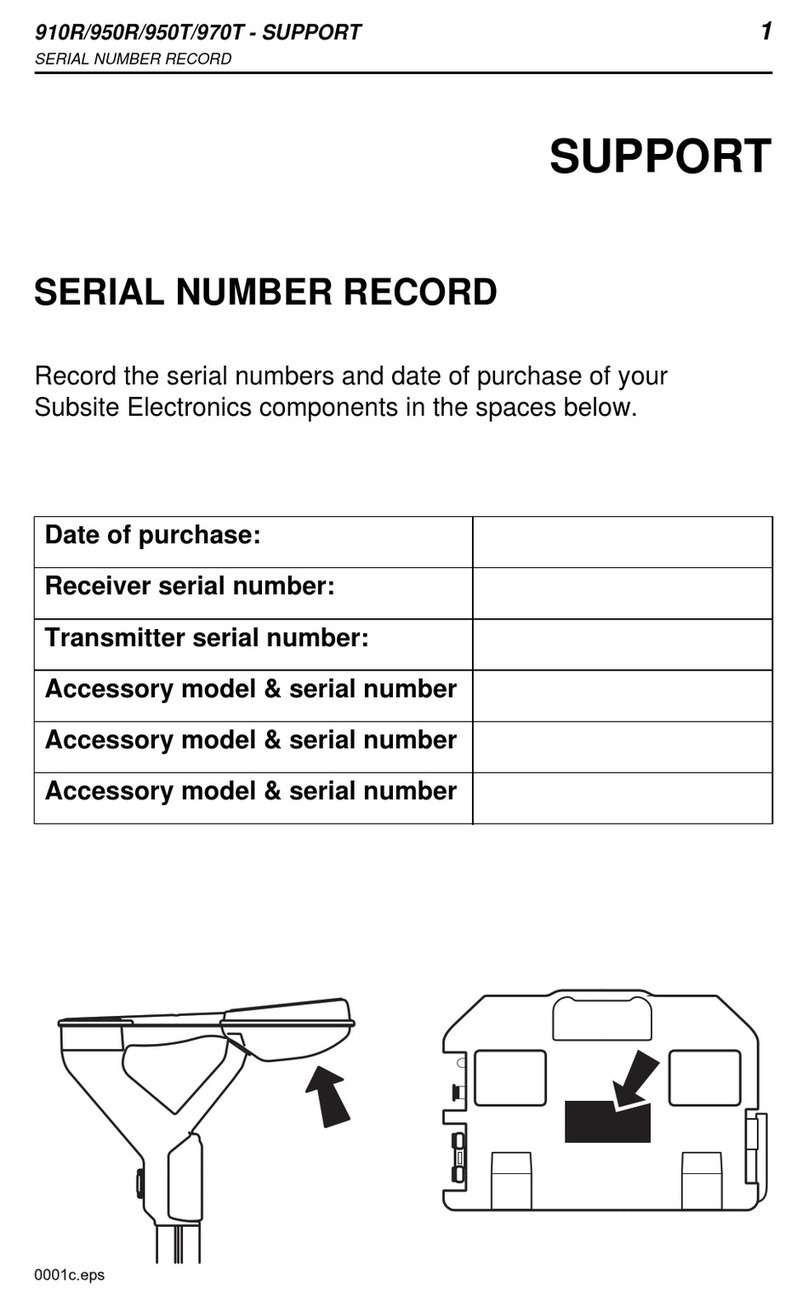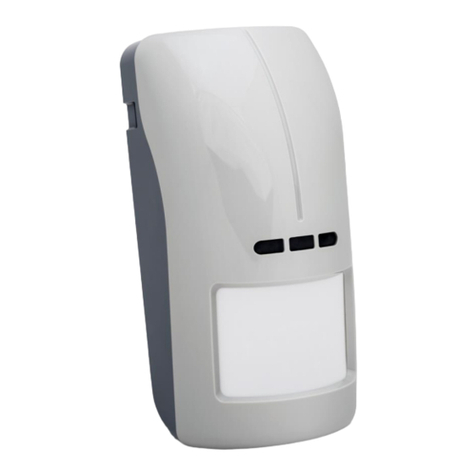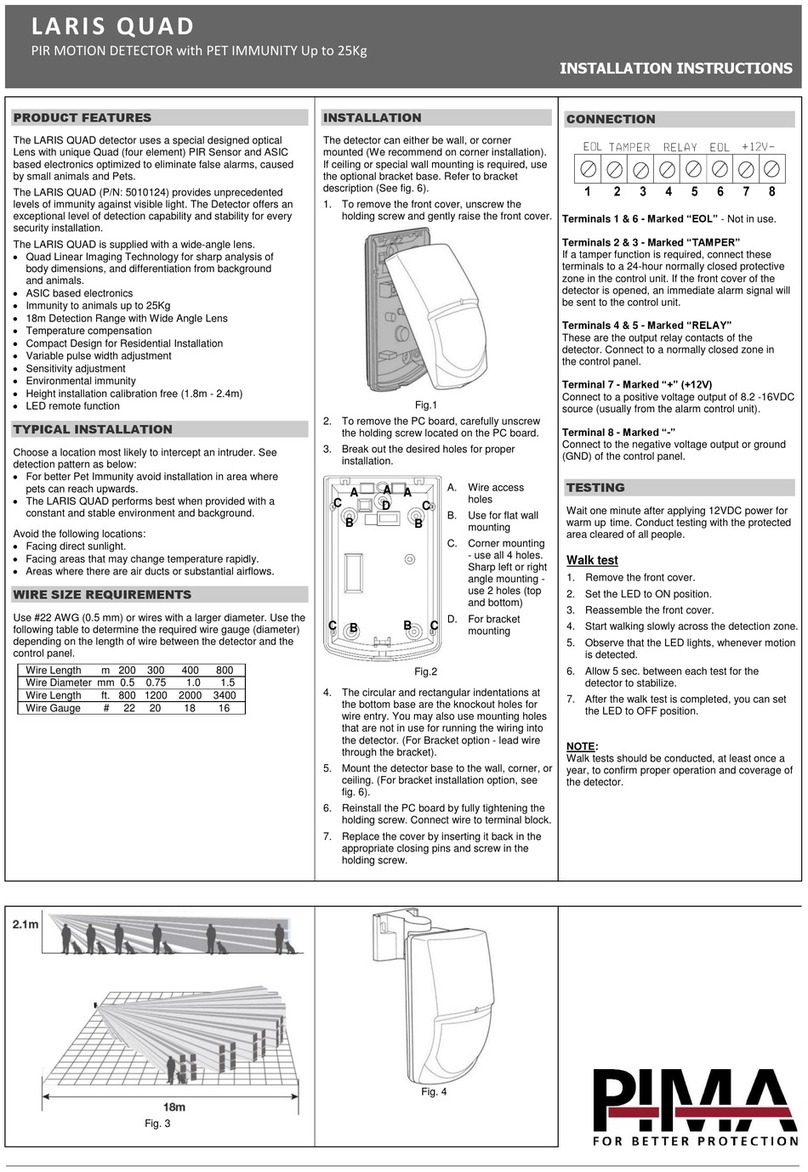
7User manual
English
Safety recommendations in case of alarm
• Immediately open the windows or doors.
• Do not turn on lights or any other electrical equipment.
• Do not use anything that could cause fire (lighter, matches).
• Call the national emergency number.
• If possible, leave the house or stay as close as possible to the windows or
open doors.
• After removing the hazard, call a specialist to identify the problem that
caused the alarm.
Note: Never ignore an alarm!
• To interrupt the alarm sound, you can unplug the detector or wait for its
automatic reset (after the concentration of the gas has decreased).
Carbon monoxide safety warnings
Carbon monoxide (CO) is an odorless, colorless and tasteless gas, completely
undetectable to the human senses and very toxic. Carbon monoxide results
from incomplete combustion, in an oxygen-poor place, of fuels such as wood,
coal, oil, kerosene, propane, natural gas, etc.
Potential sources of CO can be: wood fuel stoves and fireplaces, gas stoves
and boilers, oil or coal stoves, closed garages, etc.
The health eects depend on the concentration of carbon monoxide and
the duration of exposure. The concentration of carbon monoxide (CO) is
measured in ppm (parts per million). For example, CO concentrations below
35ppm in an 8-hour exposure time do not cause any symptoms to a healthy
individual, while CO concentrations above 1600ppm can cause death in less
than one hour of exposure.
This CO detector works only if it is powered by a 230V power source.
This detector identifies carbon monoxide (CO) concentrations above
100ppm.





